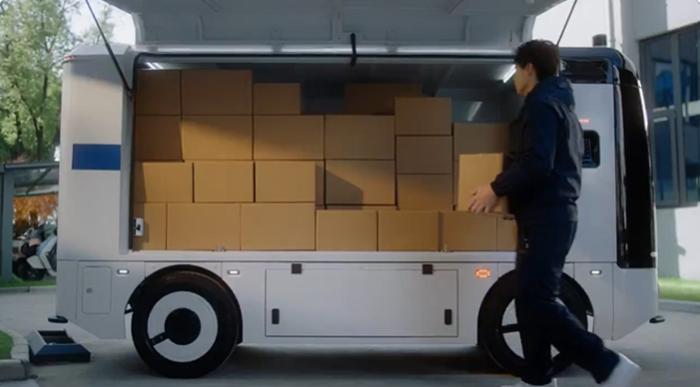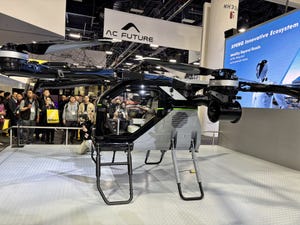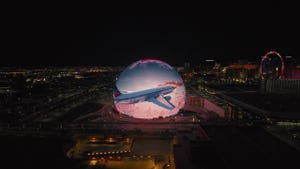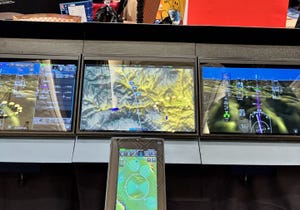Self-Driving Cars Safer Than Humans Except in Turns, Study Finds
New research shows autonomous vehicles are generally safer than human-driven cars but struggle with turns and low-light conditions
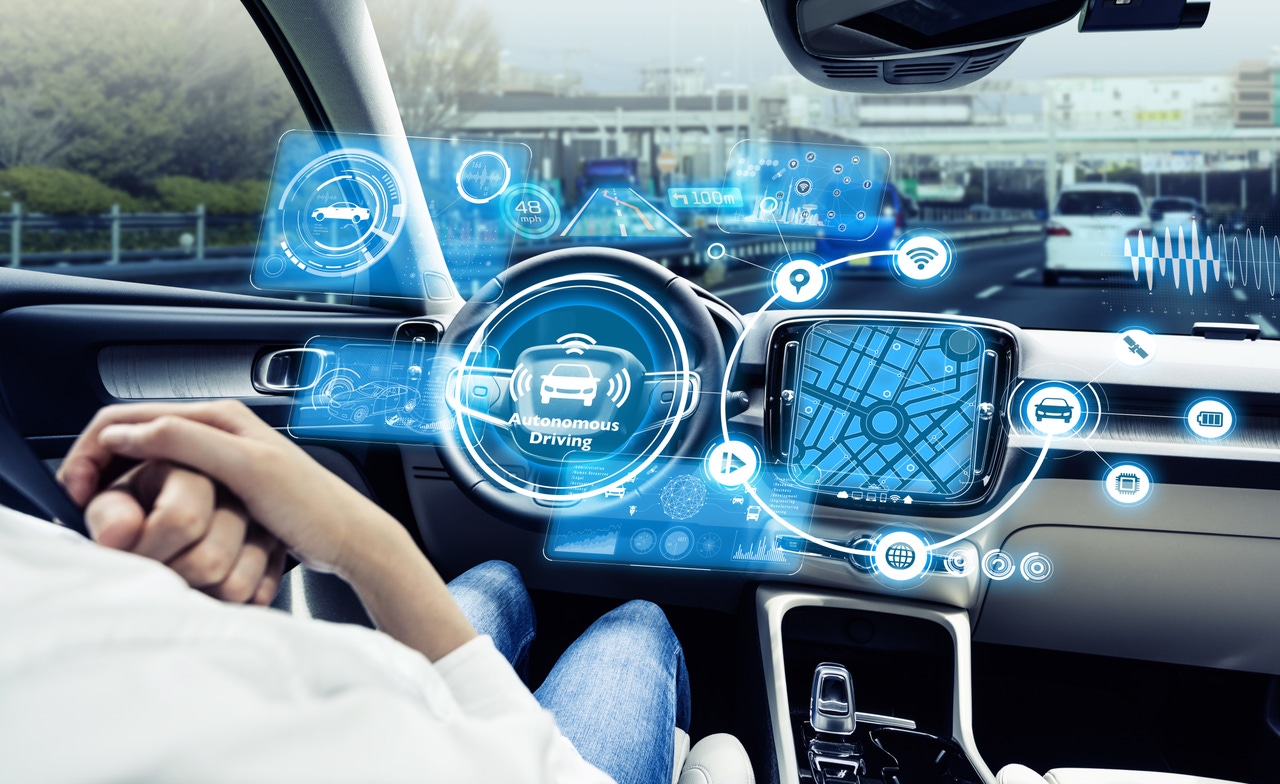
Autonomous vehicles (AVs) are generally safer than those driven by human drivers except in certain scenarios.
Two of the common scenarios that present problems for AVs are when performing turns and in low-low light conditions.
Those are the headline findings in new research carried out by engineers at the University of Florida.
The results of the research, carried out by Mohamed Abdel-Aty and Shengxuan Ding, have been published in a study entitled: “A matched case-control analysis of autonomous vs human-driven vehicle accidents” in the journal Nature Communications.
As part of their work, Abdel-Aty and Ding analyzed automobile crash data in California between 2016 and 2022. California was chosen because of the relatively high number of self-driving cars that have been tested there.
Initially, data from accidents featuring 2100 vehicles fitted with automated driving systems or advanced driver assistance systems was taken into account, alongside data from 35,113 accidents featuring human-driven vehicles.
The next step was to create a statistically matched case-control method to find accidents that happened under similar circumstances. Among the factors taken into account were road conditions, time of day, weather and road layout, such as whether the accident occurred on a straight stretch or at an intersection.
Having applied these filters, a total of 548 accidents featuring cars with automated driving systems were selected for research, with the analysis producing some interesting findings.
As the abstract for the study explains: “The analysis suggests that accidents of vehicles equipped with Advanced Driving Systems (ADS) generally have a lower chance of occurring than Human-Driven Vehicles in most of the similar accident scenarios.”
However, while that could be interpreted positively, the research also uncovered that dawn/dusk conditions and turning conditions – ie when a vehicle is not traveling in a straight line – present problems.
In these circumstances, ADS-equipped vehicles were found to be involved in accidents 5.25 times and 1.98 times more respectively.
Another key finding was that an ADS car was 0.335 times less likely to be in an accident in rainy weather, with sensors’ ability to detect objects at long range helping here. Seemingly, though, the sensors are not able to adapt quickly enough to changes in light conditions, which affects their ability to detect obstacles, pedestrians and other vehicles, possibly explaining the dawn/dusk issue.
One major caveat to the study, which has been extensively highlighted on social media, is that the sample size for AVs is small, while it has also been widely suggested that automakers and operators do not always self-report on accidents entirely accurately, meaning the ADS data cannot be relied upon.
Abdel-Aty and Ding acknowledge that enhanced analysis of accidents involving AVs would be a benefit, but hope the study can “inform future development” in autonomous driving technology.
About the Author
You May Also Like


